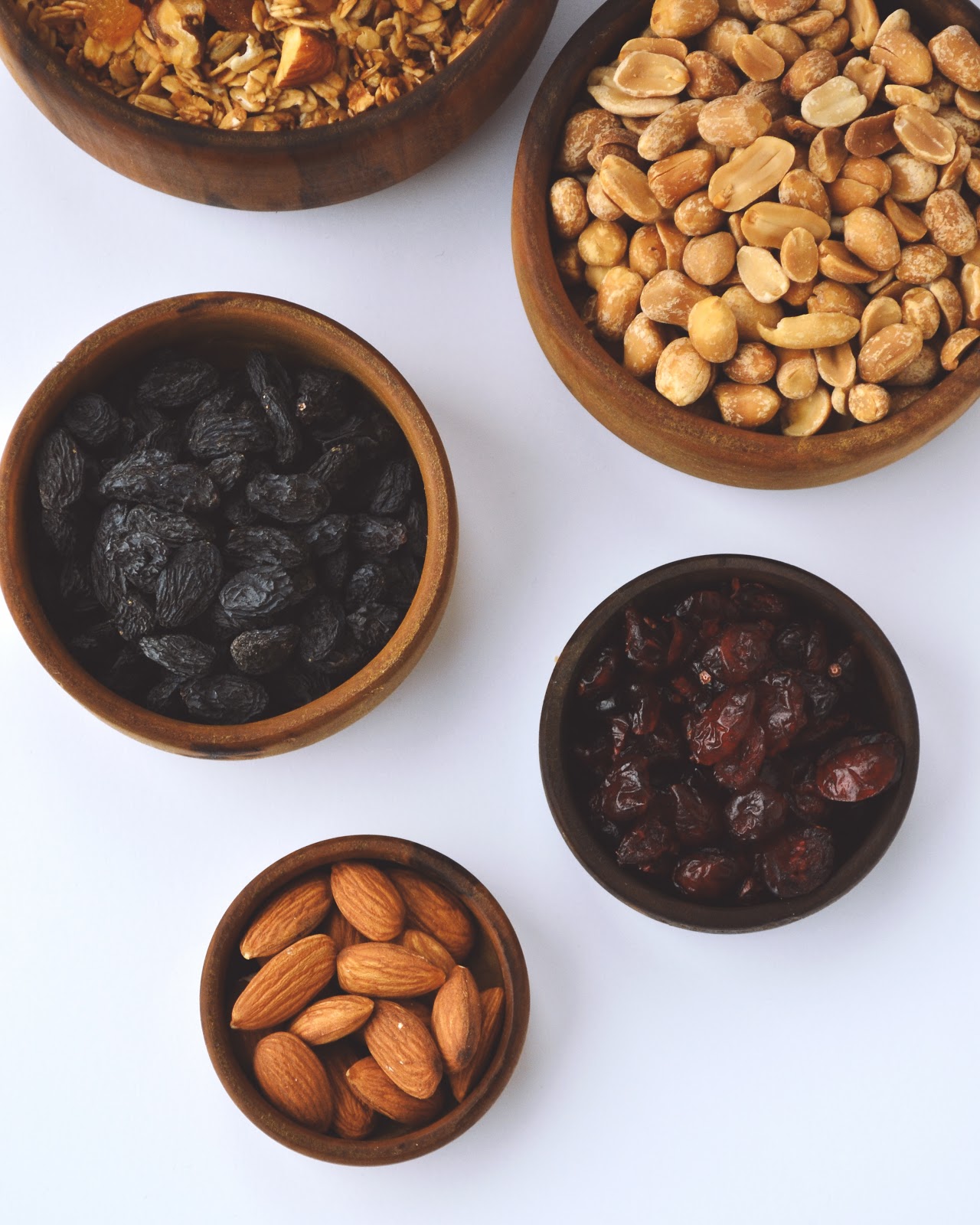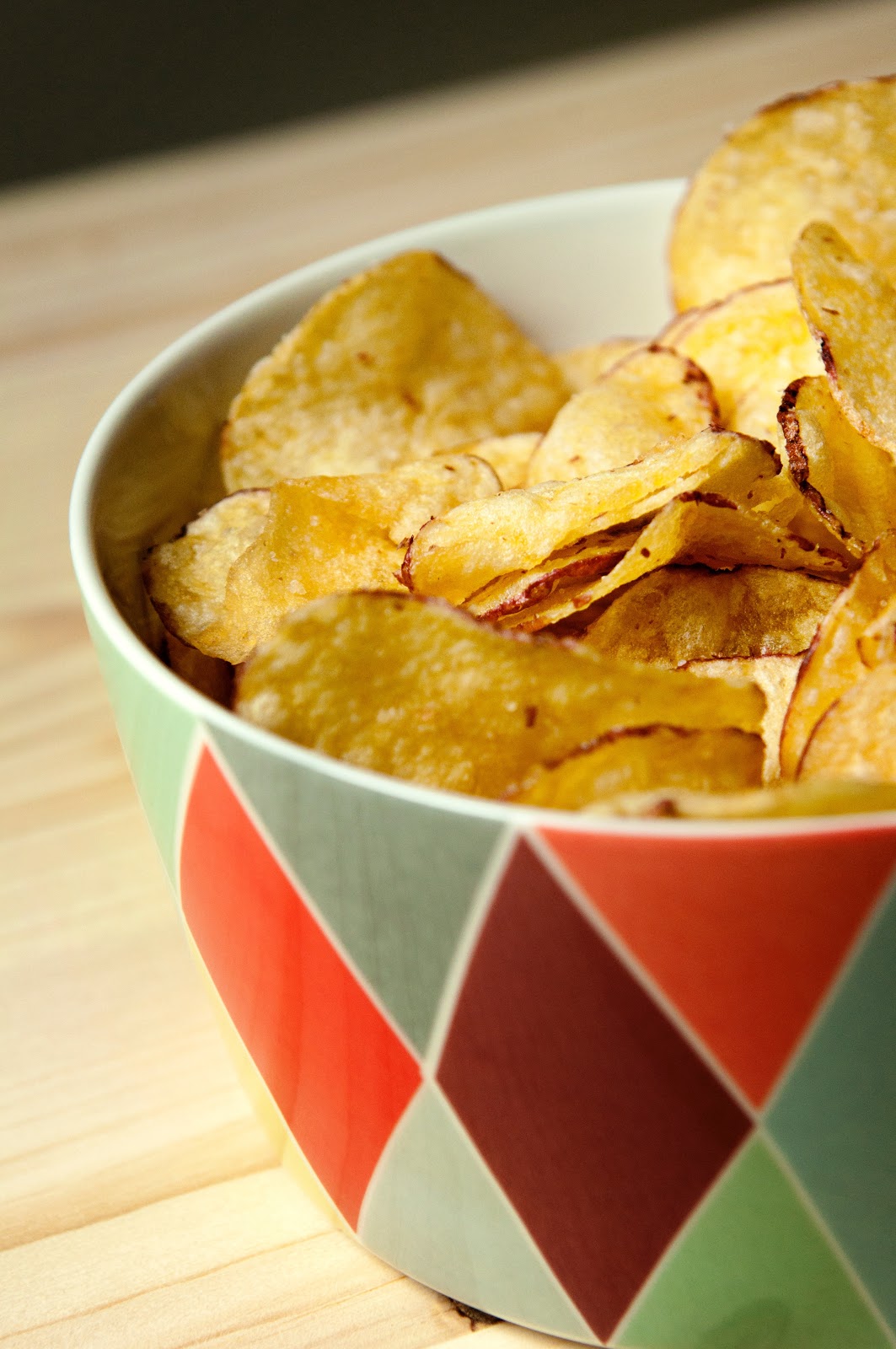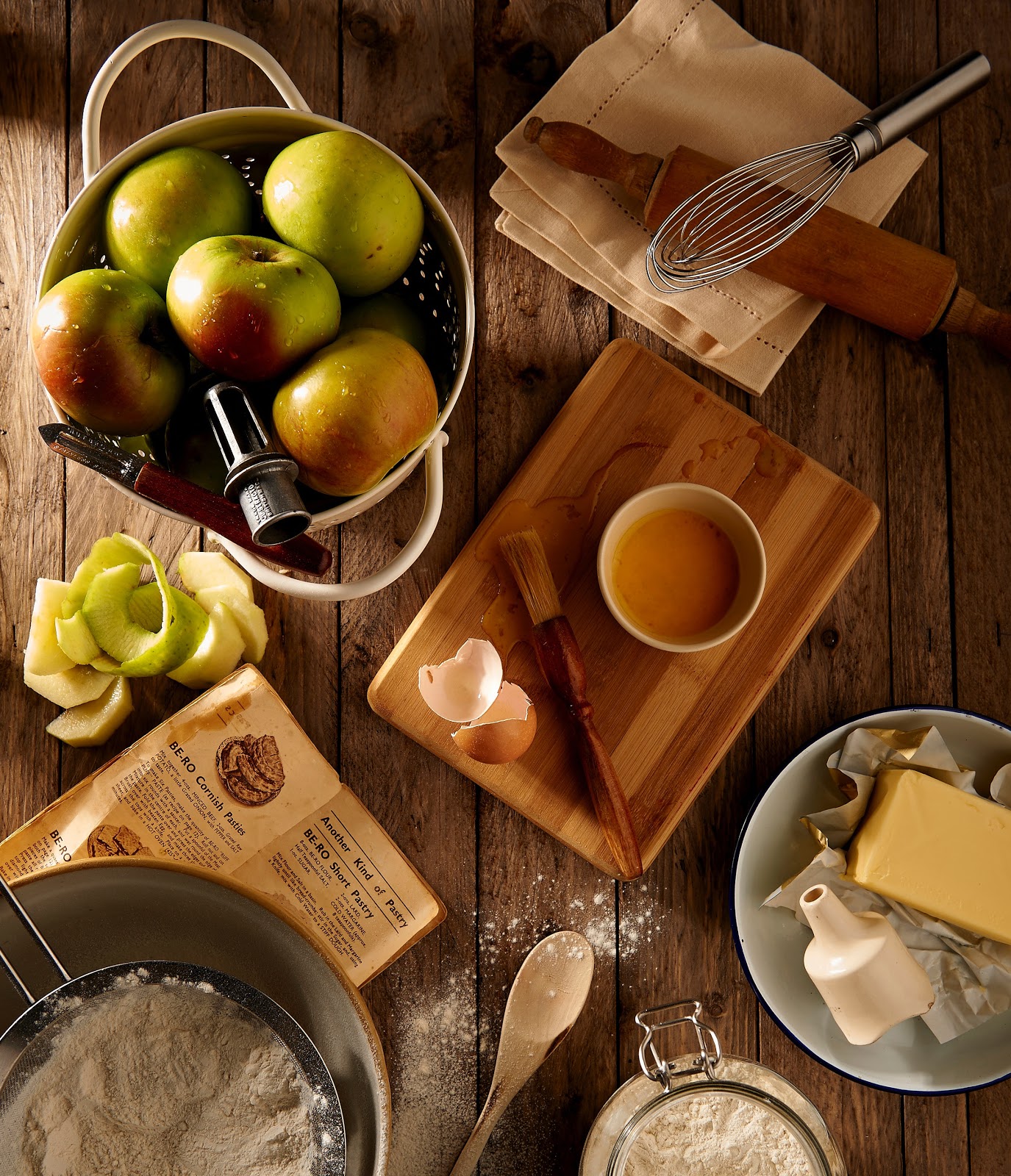So, you’re in charge of a summer camp menu. It’s enough to overwhelm even the most confident cook. Well, don’t worry. We’ve got you covered. Whether your camp serves little ones or big ones, we can help with some commonly asked questions about “good and bad” calories, portion size, and adequate hydration.
Healthy Diet Options for Kids of All Ages
When moms and dads leave their kids in our care, we’ve got to make sure we’re responsible for caring for the “whole” child, including diet! At different ages, kids have different needs, but overall, they all need a healthy, well-rounded diet to keep them running, jumping, and playing all summer long.
Remember that food pyramid from elementary school? Below you’ll recognize those same food groups. But ideas about what the proportions of those food groups in a healthy diet have certainly changed over the years. Let’s take a look, below:

Fruits and Vegetables
Foods: Green leafy vegetables (lettuce, spinach, etc.), carrots, bell peppers, broccoli, grapes, berries (strawberries, blueberries, etc.), oranges, apples. The list goes on and on! The current recommendation calls for diets to contain the MOST of this food group.
Age Range (Serving Recommendation):
6-9: Rec. 3-5 servings
10-12: Rec. 4-6 servings
13-17: Rec. 4-6 servings
Benefits: Fruits and vegetables are the obvious healthy food option not only because they’re straight from Mother Nature, but also because they contain so many vitamins and minerals that we couldn’t even begin to list them all. Fruit and vegetables are also filled with water, so they’re an excellent snack option for the tired, trail-weary camper. And the best part about them? There are virtually zero negative effects of having too many. If your summer camp menu is lacking when it comes to fresh fruits and veggies, try incorporating a few new options here and there, or even one fresh fruit or vegetable per day. There’s nothing better than fresh food straight from the earth. It’ll aid in digestion (because they’re high in fiber), improve energy levels, improve metabolism, strengthen immunity, and prevent illness. Plus, they’ll counteract all those s’mores they’ve been devouring.
Caution: Even though there aren’t any truly bad side effects to a diet of fruits and vegetables, you’ll want to make sure you don’t favor fruit over those greens. In other words, it’s tempting to only provide fruit, knowing that kids tend to balk at veggies, but nutritionists advise that ⅔ of these servings should, in fact, be vegetables.

Bread and Cereals
Foods: Whole grain bread, hot cereal, boxed cereal, crackers, rice, pasta
Age Range (Serving Recommendation):
6-9: Rec. 6 or more servings
10-12: Rec. 6 or more servings
13-17: Rec. 6 or more servings
Benefits: Grains include many valuable nutrients for a growing child (and, let’s face it, all of us too). They include fiber, several B vitamins like thiamin, riboflavin, niacin (mentioned above) and folate. They also contain minerals such as iron, magnesium, and selenium. These vitamins and minerals, all necessary for child development, provide fuel for kids’ energy levels. They also benefit just about every part of the body, from their eyes and skin to their hearts and brains. The serving size is so large because these whole grains are the fuel that the body burns first. Plus, this type of fuel won’t lead to a crash like sugary, processed treats.
Caution: The upside? Kids tend to love grains. The downside? Kids tend to love grains so much that they’re all they’ll eat.
Meat and Protein
Foods: Beef, pork, fish, beans, poultry, eggs, peanut butter*
Age Range (Serving Recommendation):
6-9: Rec. 4 servings
10-12: Rec. 4 servings
13-17: Rec. 4-5 servings
Proteins are a key ingredient of any diet, especially for growing bodies. Recent studies have shown we don’t need as much as we once thought, so we want to provide the healthiest sources of protein possible.
Benefits: Aside from providing the necessary amount of protein that kids need for muscle growth and health, meats, and alternatives like beans or eggs provide niacin, thiamin, and iron. Niacin, an antioxidant, is known as a brain booster because it helps with cell signaling and the repair of DNA. It is also known for lowering cholesterol. Thiamin helps with metabolism and aids in the function of the body’s nerves, muscles, and heart. Iron is critical for healthy blood in the body. In fact, iron is important in helping hemoglobin function and the transporting of oxygen from the lungs throughout the rest of the body.
Caution: Try to choose meat and protein options that do not contain preservatives or dyes. These chemicals can have adverse effects on growing kids, some of which were not even aware of. Also, if you plan to serve beans, try to choose the low- or no-sodium options. Since so many of our food options are high in sodium, today’s American children often take in too much in their regular meals, frequently soaring past the daily recommendation.
*Peanut butter is a healthy alternative to meat when it comes to protein. However, peanut allergies are on the rise. Before you incorporate peanut butter, be sure to check with the powers that be about nut allergies.
Dairy
Foods: Low-fat milk, yogurt, cheese
Age Range (Serving Recommendation):
6-9: Rec. 4 servings
10-12: Rec. 4 servings
13-17: Rec. 4 servings
Dairy is another source of protein, often with higher fat content. So plan accordingly. But dairy can be a great source of long-lasting energy for active campers.
Benefits: Milk, cheese, and yogurt, in moderation, provides kids with much-needed calcium, riboflavin, and protein. Calcium is great for bone health and functioning of the heart and the muscles. Riboflavin, or Vitamin B12, known for how it aids in normal cell growth and function. However, riboflavin is not just found in dairy products. It’s actually found in meat, eggs, and green vegetables. So, They can get riboflavin from many of the other healthy foods you’ll incorporate into your summer camp menu. Lastly, dairy products also provide protein. Once again, protein can be found in many foods other than dairy, so kids with dairy allergies can still get all the vitamins and minerals they need without worry.
Caution: If you’ve got a child with dairy allergies at your summer camp, don’t worry. They can get many of the same health benefits and vitamins from other foods in your repertoire.
Also note that In today’s highly processed world, it would be easy to mistake what “appears” to be cheese as actual cheese. Take a close look at labels when it comes to purchasing cheese… you may just have accidentally purchased a “cheese product.” These products are never a good idea as they are filled with preservatives, dyes, and chemicals that cause real issues for the human digestive system.
Another word of caution: when serving dairy, be sure to keep the portion size small (whatever it says on the product or less). Americans love cheese, and we tend to associate a “serving” with eating until we’re full; however, this isn’t a good idea as dairy is high in saturated fat which has been linked to heart and overall health issues.

Fats/Oils
Foods: Oils (olive or canola), nuts, olives, avocados
Age Range (Serving Recommendation):
6-9: Rec. 3 tsp./day
10-12: Rec. 3 tsp./day
13-17: Rec. 3 tsp./day
Benefits: We’ve been duped over the years into thinking that fat isn’t ever a good thing, but that’s simply not true. Kids’ bodies feed on fat, and it is an important facet of their summer camp, and every day, diet. Healthy fats, also referred to as monounsaturated and polyunsaturated fats, promote healthy cholesterol levels, and are good for the heart!
Caution: You may have noticed that the serving size for these healthy fats is painfully small. That’s because eating too many healthy fats, or fats of any kind can ironically lead to heart disease and high cholesterol (the very things that they prevent if eaten in moderation). It seems that it’s quite the balancing act to include the right amount of healthy fats without overdoing it.
One more thing: remember that cooking with oils still counts as a serving of healthy fats. These servings can add up if we consider all of the meals that are prepared using olive oil or canola oil.

Sweet and Salty Treats
Foods: Cakes, cookies, candy, and potato chips
Age Range (Serving Recommendation):
6-9: As few as possible
10-12: As few as possible
13-17: As few as possible
Caution: You may have noticed that there is no “benefit” section here. That’s because the only benefit to sweet and salty treats is bribery and smiles. Nutritionally, these snacks don’t add anything beneficial to a child’s diet; instead, children get a belly full of saturated fat and MSG, a controversial chemical used to preserve freshness. Plus, even though you won’t receive a round of applause for subbing carrots for potato chips, it’s worth the trade. It’s our job to know what’s best for a kid’s diet- hey, that’s why you’re here reading this article!- and, even if they crave the salt and sugar, it too shall pass.
We know that treats are a part of the fun of summer camp life, so we’re not suggesting you nix them altogether. We know that the occasional gigantic slice of cake or bowl of ice cream won’t necessarily hurt. Rather, we just want you to be aware of the consequences of long-term, repeated consumption of these goodies.
So, while we’re talking about food…
We’re going to answer some frequently asked questions about food. As you plan your summer camp menu, you’ve surely contemplated the dreaded “calorie.” Are there such things as good calories? Bad calories? Or maybe you’ve wondered about sugar or sodium levels in foods and how to be sure you’re not overdoing it. Or what about portion control? Well, we’re glad you asked.
The calorie: what makes a good or a bad one?
We still hear the word “calorie” thrown around when we talk about food, but calorie counting has actually become a thing of the past. That’s because today’s dieticians recognize that the calorie, although certainly a helpful measurement, is not the end-all-be-all when it comes to a healthy diet. Put simply, yes, there are good calories. And there are certainly bad calories. But there is so much more to food than its calorie count.
Here’s a quick lesson on the calorie. Food is given a calorie count based on the amount of energy produced in the body once it is consumed. This doesn’t mean much to us unless we can apply a real-life example. I think we would all agree that 100 calories of cake are certainly not as healthy as 100 calories of green beans. So, this must mean that there are other measuring tools that we should use to evaluate the value of certain food for our diet. These include weighing the “not so good” aspects of food (like saturated fat, sugar, or sodium) with the positive aspects of food (like vitamins and minerals). It’s safe to say that when we view that 100-calorie cake and that 100-calorie pile of green beans through this lens, we learn that not all calories are created equal.
The American definition of a “portion”
Americans like big portions. That’s no surprise. So, when you’re planning your summer camp menu, and when it comes time to slap some food on the plates of hungry kids, how can you possibly implement portion control?
First, it’s important to note that kids, after a full day of play, will likely be ravenous. It’s definitely okay to give them more than a standard portion. However, as someone who is serving food to kids all summer long, it’s also important for you to be aware of what constitutes an actual portion versus what “looks right.” And, when possible, give double portions of the healthiest options (fruits and vegetables and whole grains) because the extra vitamins, minerals, and energy fuel won’t hurt.

High-sugar and high-sodium foods- what else is there?
Being in charge of camp food means dealing with diet restrictions and food allergies, all while trying to provide healthy options to hungry mouths. That’s why, when chaos erupts (and it inevitably will), it can be so easy to reach for foods that are high in sugar and sodium to keep the kids happy. To combat this temptation, we recommend having some low-sugar, low-sodium “quick snacks” on hand. When the kids arrive at lunch or dinner before the food is ready, or when you miscalculate what how much you needed and come up short, having quality, pre-packaged snacks (healthy ones!) that the kids can munch on will be your saving grace. Some options include healthy (not buttered and salted) popcorn, whole grain crackers, or applesauce packs. The crisis will have been averted and you wouldn’t even have to sacrifice on quality.
Last but not least: hydration.
In the summer heat, it’s vital that kids stay hydrated. Your summer camp has inevitably accounted for thirsty kids by providing constant access to water, but it’s also a good idea to limit sugary drinks, especially diuretics like soda. Even though Sprite may be the first thing a thirsty kid reaches for, it’s definitely not the best. When it comes to hydration, water is always best. In fact, experts recommend that active kids hydrate themselves before, during, and after, playing, especially in the heat. They even recommend significantly increasing water intake if they are running and playing in that summer weather.
A word of encouragement
We hope that our healthy diet overview has made an impact on your summer menu choices, but we realize that there is no perfect summer camp menu. Just do your best to incorporate these healthy foods, limit the unhealthy ones, and you’ll be doing just fine! Now, it’s time to get cooking!

